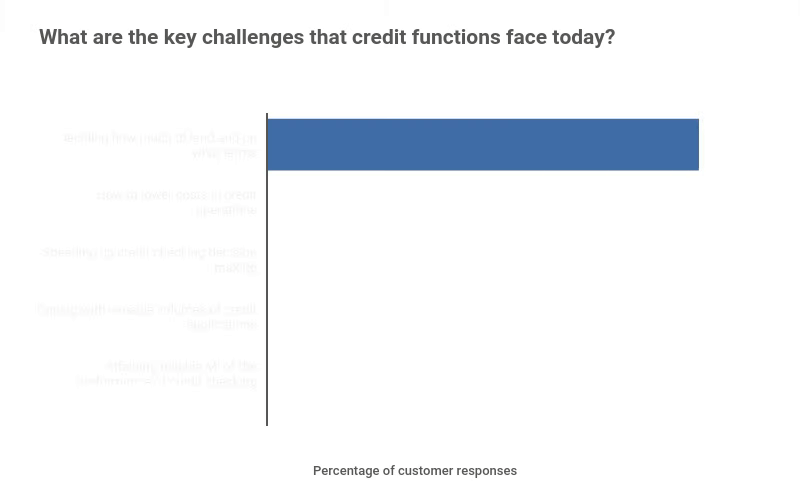Optimising Order-to-Cash: A Full Guide for Trade Creditors in the UK
Part 1: Data Cleansing – The Foundation for Effective Credit Management
The current business environment in the UK is particularly challenging for small businesses, with rising operational costs, inflation, and supply chain shortages. In fact, inflation reached a 30-year high in the first quarter of 2023.
As trade creditors working with small businesses, it’s crucial to be proactive in reducing exposure to risk and eliminating inefficiencies in the Order-to-Cash (O2C) process.
The Order-to-Cash (O2C) process is a series of interconnected steps that a business follows to fulfill a customer order, from the initial sales order to the receipt of payment. It encompasses the entire customer journey, from order placement to order fulfillment, invoicing, and payment collection. The O2C process typically includes the following stages:
- Order Entry – The process starts with the receipt of a customer order, either through an online platform, email, or other means. The order is entered into the company’s system, capturing relevant details such as product or service, quantity, pricing, and delivery instructions.
- Order Fulfillment – Once the order is accepted, the business prepares the product or service for delivery or performs the requested service. This stage may involve inventory management, production, packaging, and shipping.
- Invoicing – After the order is fulfilled, an invoice is generated and sent to the customer, detailing the products or services provided, pricing, and payment terms. The invoice serves as a request for payment and includes information necessary for the customer to remit payment.
- Payment Collection – The customer makes payment based on the invoice terms, which may include payment within a specified timeframe, such as 30 days. Payment collection may involve various methods, such as credit card payments, electronic fund transfers, or cheques.
- Cash Application – Once payment is received, it is recorded and applied to the appropriate customer account in the company’s financial system. This step ensures that the payment is accurately credited to the correct customer and invoice.
- Credit Management – Throughout the O2C process, businesses also need to manage credit risk, which involves assessing the creditworthiness of customers, setting credit limits, monitoring credit exposure, and managing collections for overdue payments.
- Reporting and Analysis – Lastly, businesses need to track and analyse O2C performance metrics, such as Days Sales Outstanding (DSO), customer payment behaviour, and credit utilisation, to identify areas for improvement and optimise the process.
Efficient and effective management of the O2C process is crucial for trade creditors as it impacts cash flow, working capital, and customer relationships. Having accurate and up-to-date data, as well as robust credit management practices, is essential for optimising the O2C process and minimising risks in the UK commercial lending market.
At Experian, we recently interviewed credit professionals from across the trade credit space to identify the most pressing challenges they face in optimising their O2C process. We spoke to decision-makers, underwriters, and analysts to understand their core challenges first-hand, and discuss solutions and strategies to move forward. One key solution that emerged from these conversations is the importance of better data.

Why data is the foundation for effective credit management
Accurate data adds value at every stage of the customer lifecycle. It empowers credit risk teams to take an active role in customer onboarding, supporting sales by identifying the right types of customers. Importantly, data also informs customer management, allowing businesses to intervene earlier in the customer cycle when needed.
The risks of inaccurate data
The information you hold on customers must be fit for purpose and accurately reflect the real-world situation. Inaccurate data is the root cause of challenges across the entire credit lifecycle:
- Increased risk of confusing similarly named organisations or making decisions based on outdated information.
- Difficulty in chasing outstanding bills during collections due to incorrect addresses and contact information, resulting in wasted time and resources.
- Rectifying incorrect data can lead to an increase in queries within the credit function and consequently an increase in DSO (days sales outstanding) as the team manages this.
- Incorrect data can make your organisation appear unprofessional in the eyes of your customers, as correct contact information is viewed as a minimum standard to meet.
The impact of poor data quality
For customers, poor quality data leads to slower payments, mix-ups, and a poor customer experience. For credit risk experts, it complicates collections and may result in riskier decisions.
For business leaders, poor quality data makes it difficult to identify new opportunities, areas of improvement, and build automation to streamline key processes.
Keeping data up-to-date
While it’s natural for information to change throughout the customer lifecycle, trade credit providers need to proactively monitor and identify those changes. Failure to do so can result in erroneous data that severely impacts time, money, and resources. Trade creditors should focus on:
- Collecting accurate data during onboarding and keeping it up to date as part of ongoing customer management and credit control activities.
- Recognising that data quality is not just a technological problem, but also a people problem. Businesses need to develop cultures that value high-quality data and communicate this message to customers as well.
- Cross-referencing customer information for accuracy against trusted sources and using trusted third-party data to fill in any gaps.
The power of a reliable data foundation
With the right data foundation, creditors gain the most up-to-date view of their business and risk exposure. This information can be used to improve lending strategies, streamline processes, and make accurate and effective decisions for each customer.
How Experian can help
Two services from Experian can help businesses get set up for success and stay up to speed with changes in their portfolios.
- Experian’s Data Cleansing Services get the foundations right. We cross-reference company data with third-party sources to populate gaps or identify inconsistencies or duplication.
- Experian monitoring services help identify any changes in the customer data – such as a change of address or director – and update all databases to guarantee consistency across the business.
- Experian delivers a single source of truth from which a business can build consistent credit decisions across all teams and locations.
- Having a reliable source of data improves efficiency at all stages of the O2C process and provides an accurate, up-to-date view of each customers’ credit risk positions.
Get in touch
See how your trade credit business can meet the challenges of our times with more effective, fairer lending.
Get in touch








